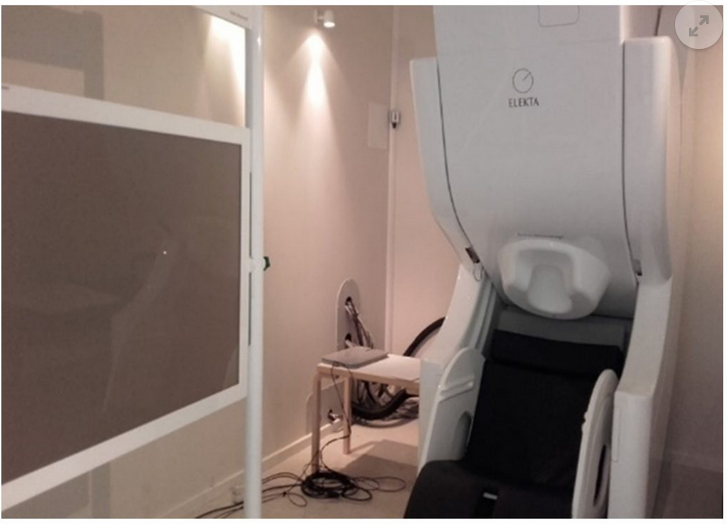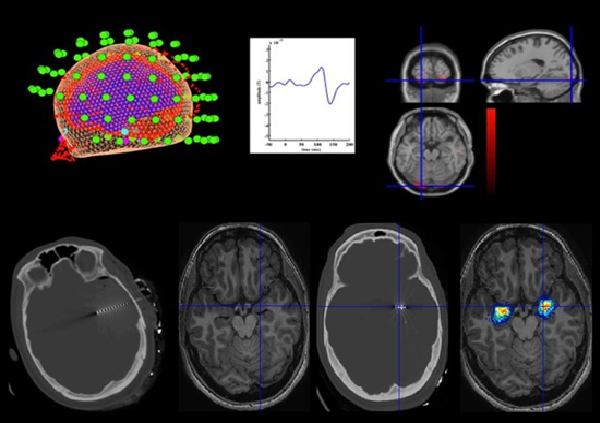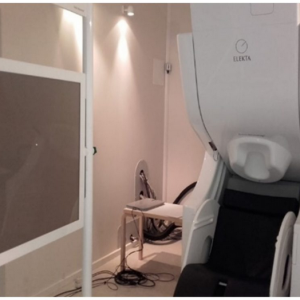Site card
Magnetoencephalography equipment
Where:
Center for Biomedical Technology
Ubicación:
Centro de Tecnología Biomédica
Typology:
Infraestructura Científica
Manager: Bryan Strange
Email:
Magnetoencephalography (MEG) is a technique that records functional brain activity by capturing the magnetic fields produced and projected outwards during neuronal activity. MEG is therefore a non-invasive technique that does not require the patient to be prepared in any way (e.g. fasting, administration of medication, injection of radioactive markers), nor does it subject the patient to any kind of radiation or electromagnetic field. The magnetoencephalograph is helmet-shaped, with sensors located along the cranial convexity. In order to prevent noise from unwanted signals, the equipment is situated in a room insulated from the outside.
Neuroscience, neurology, neurophysiology
Technique that records functional brain activity by capturing the magnetic fields produced and projected outwards during neuronal activity.
Clinical analyses and research in different areas of interest, such as Alzheimer¿s, epilepsy, stroke, schizophrenia, Parkinson¿s, traumatic brain injury, autism, ADHD, drug use, alcoholism and depression.
This equipment is the only one of its kind at a Spanish public university. It is a non-invasive technique that does require the patient to be prepared and does not use electromagnetic radiation. It has health effectiveness authorisation C3. Three thousand cases involving different neurological pathologies solved. Simultaneous MEG and EEG (electroencephalography) recording. Blinking control in patients with epilepsy.
Showing the single result
-
A technique that records brain function activity by capturing the magnetic fields produced during neuronal synapse which are projected outwards.







